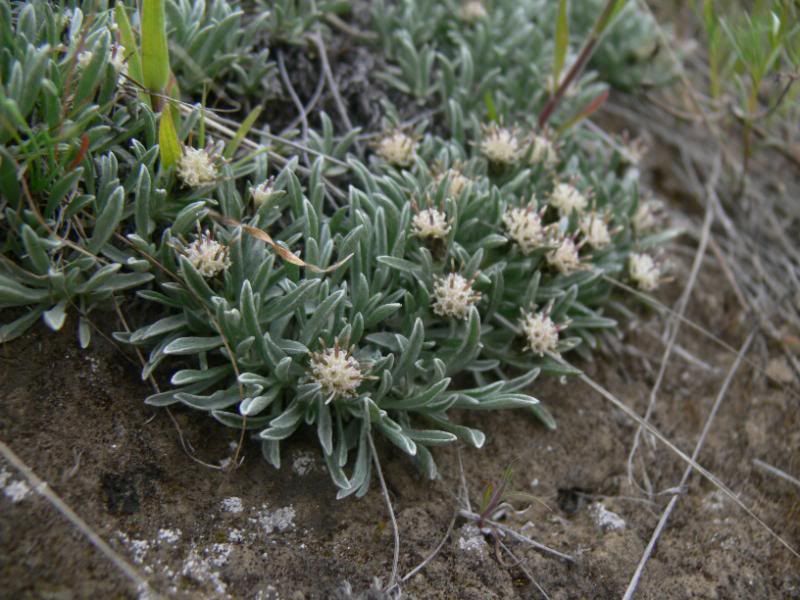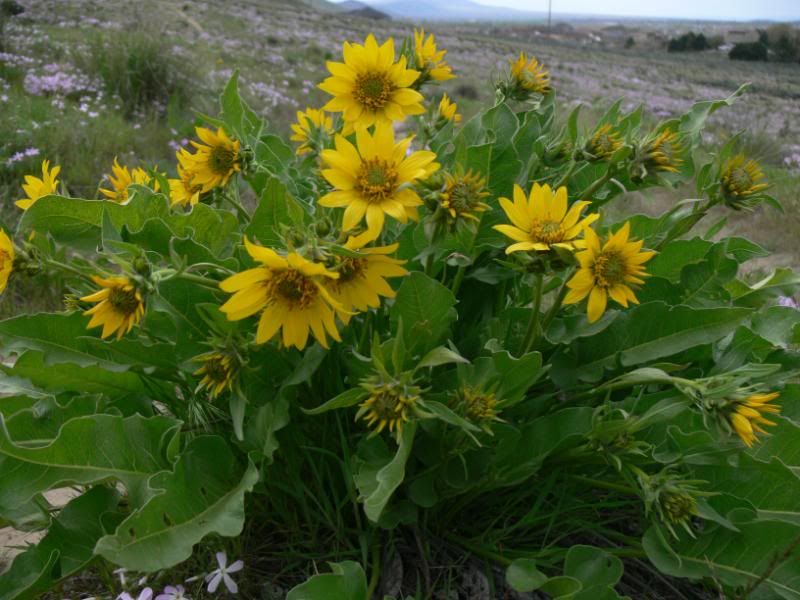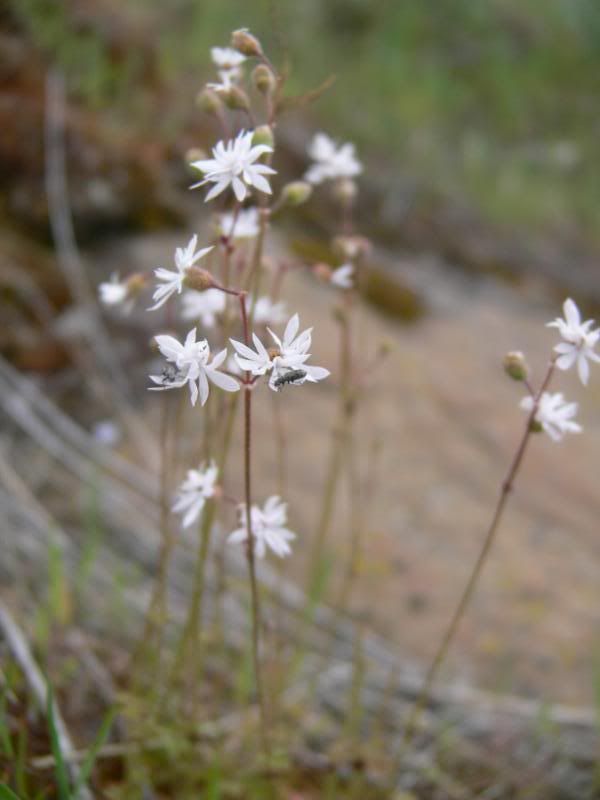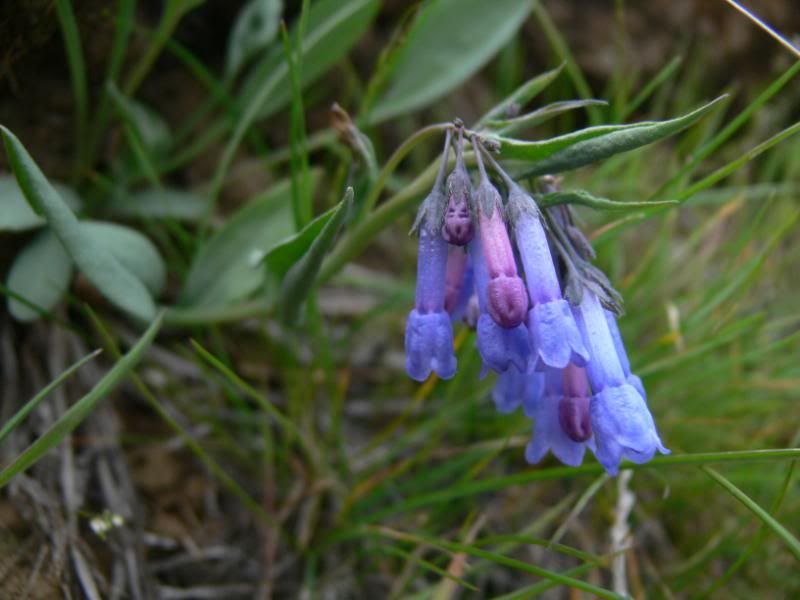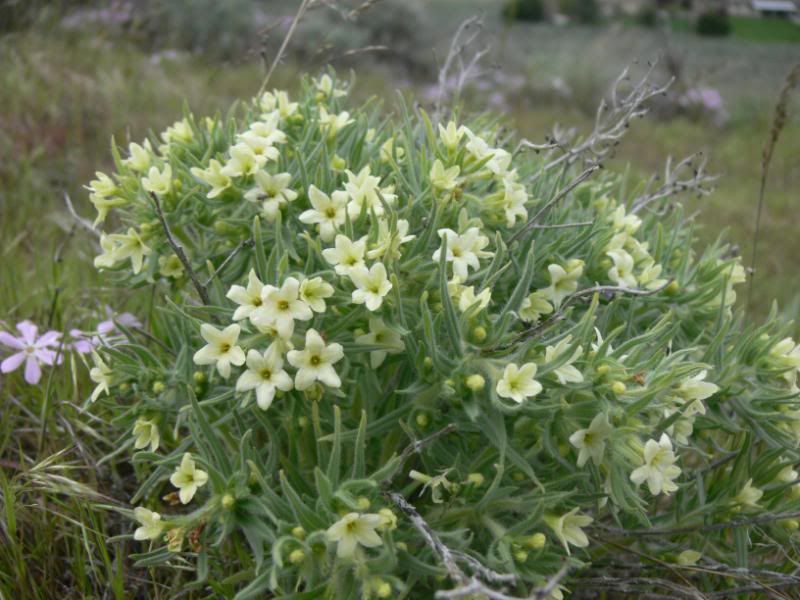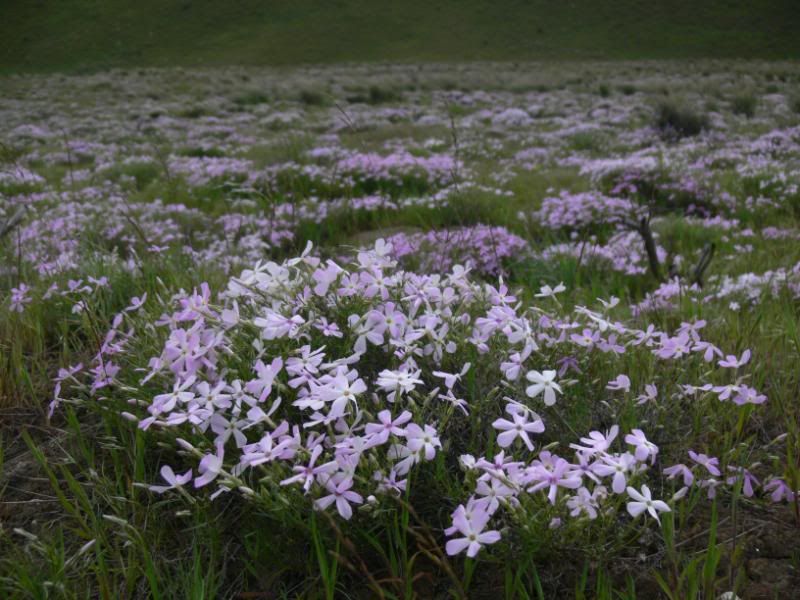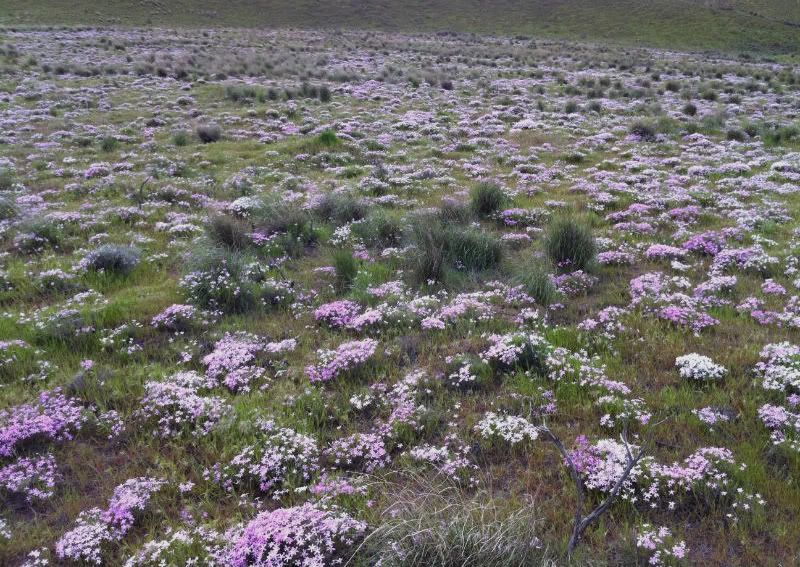Two seed grown plants of Dicentra formosa oregana, Oregon's very own variety of this western native bleeding heart. These came from seeds that were from the same place in the wild, so I have no clue as to the dimorphism.

My very first South African bulb from seed to flower: Geissorhiza radians. Started in 2009 from Silverhill. I should have lots more next year!
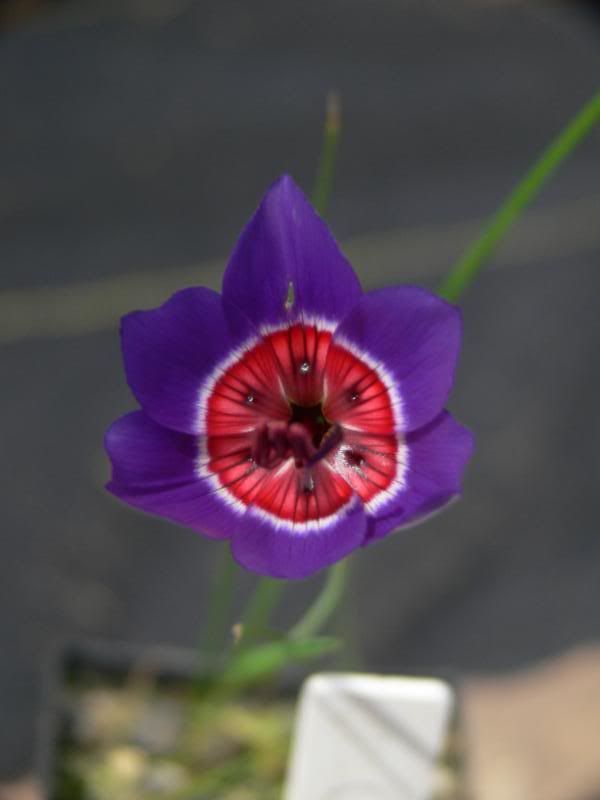
A cute little Primula-esque rock garden plant that I got from a friend.
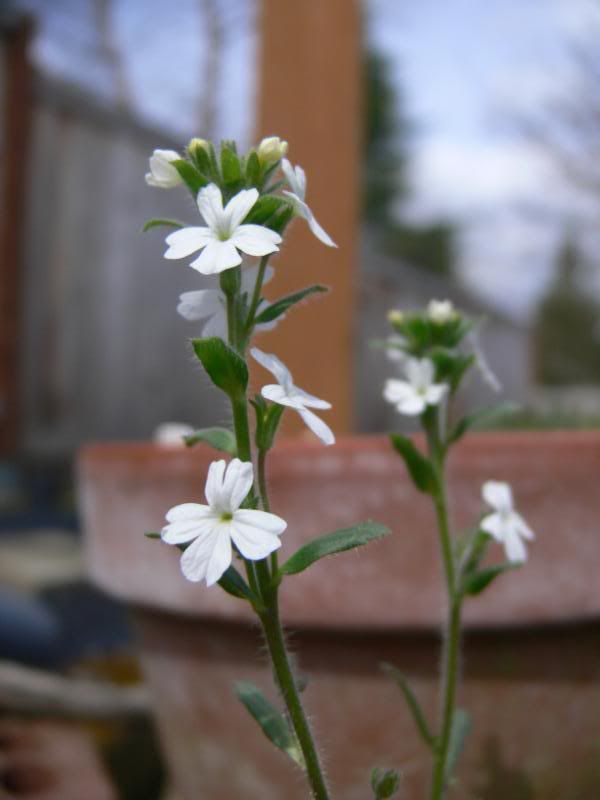
A tropical blueberry, Agapetes smithii. Sweetish tasty berries late summer.
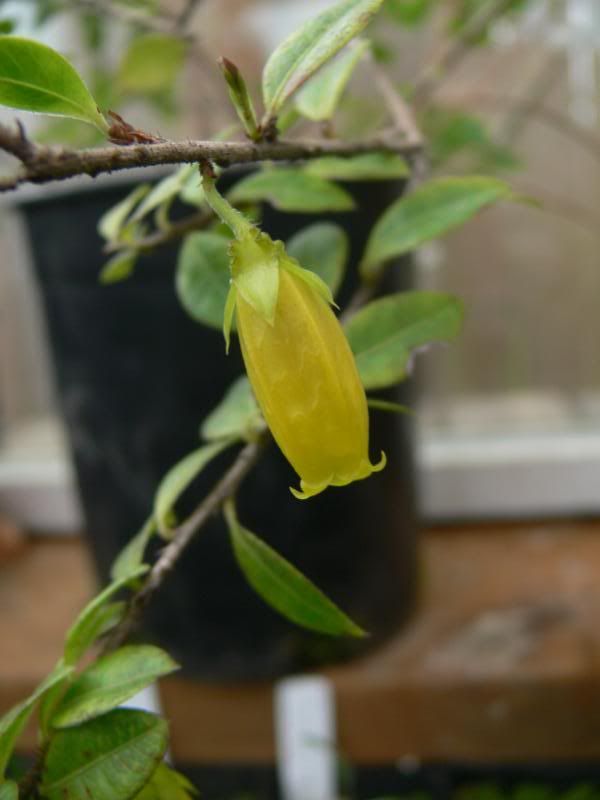
Cyrtanthus breviflorus. South African from the Drakensbergs.
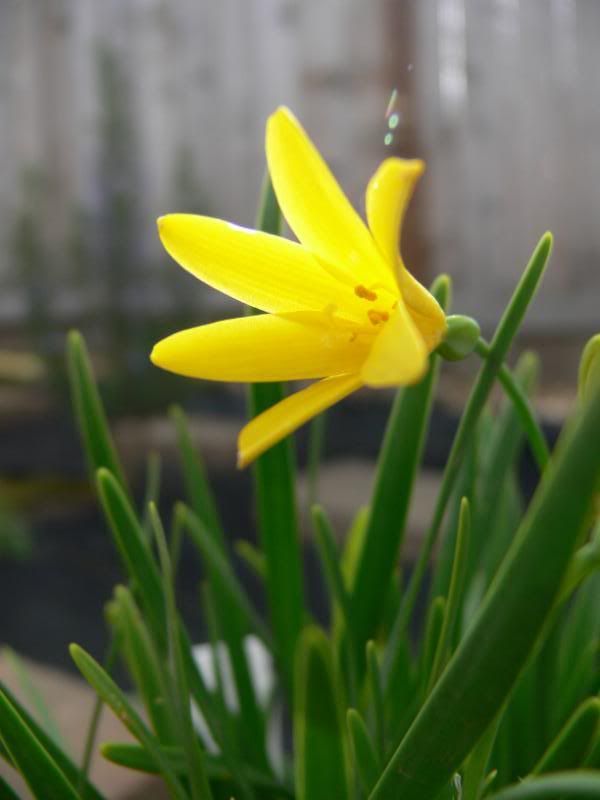
Polygala chamaebuxus. Hope this one does ok. They're sometimes tough to keep alive for the first year, but afterward are pretty easy, supposedly.

My Rhododendron spinuliferum is growing like a weed (a very well behaved weed, tho).
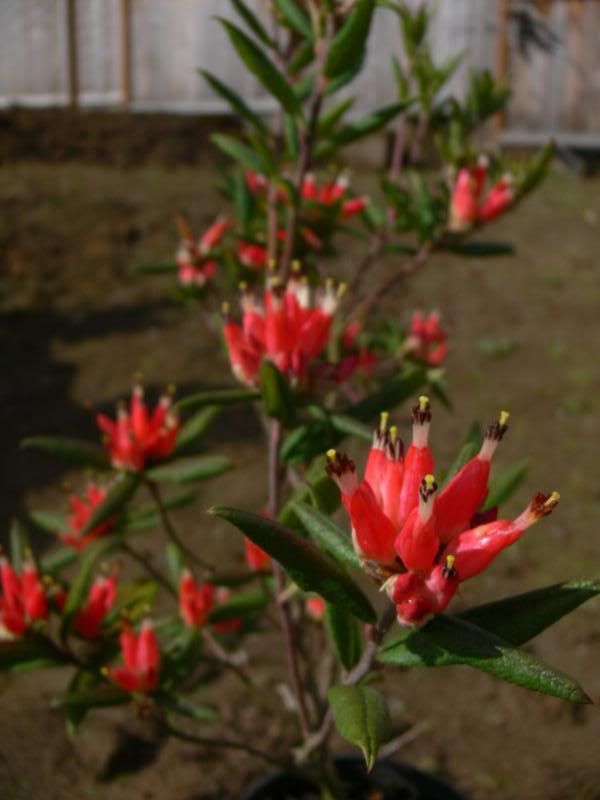
Some tulips that came free with an order of interesting plants. Nice to have some easy color.
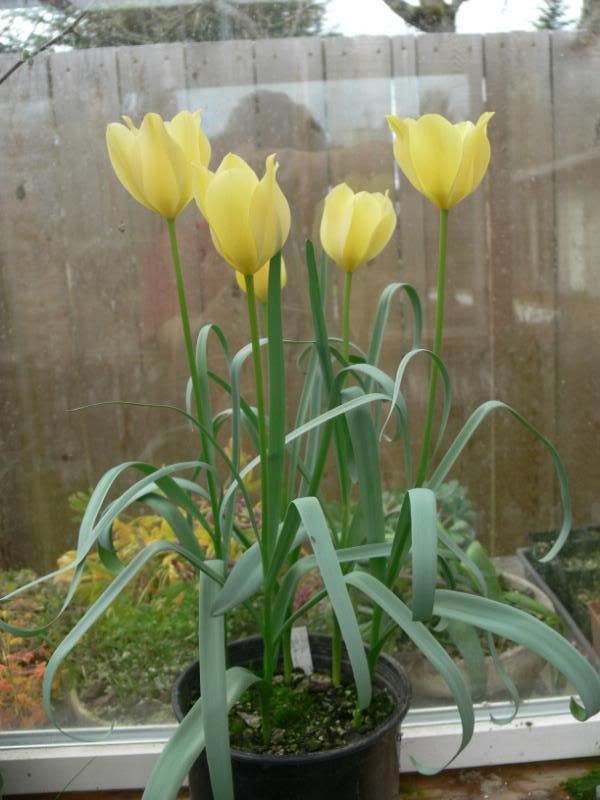
A Mexican tropical shrub for the patio (once the patio exists). Cuphea cyanea.
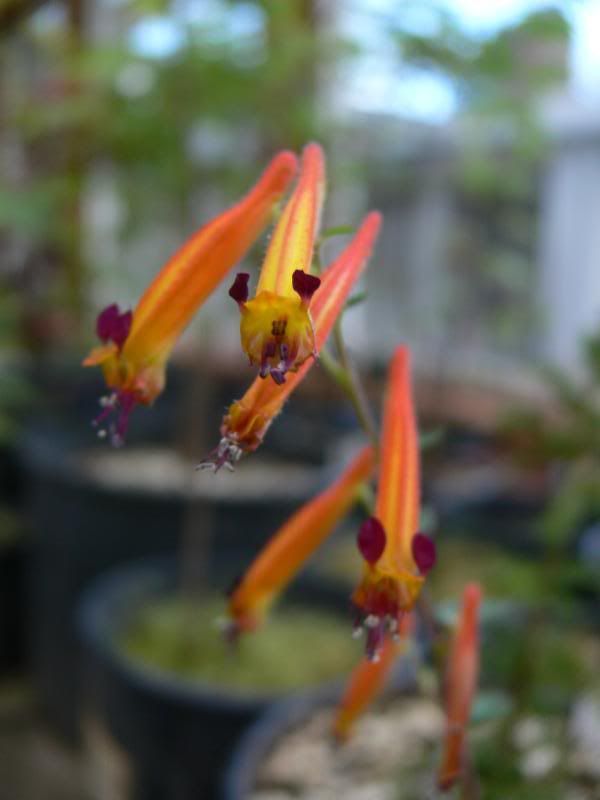
My Ferraria divaricata arenosa finally bloomed! What a bizarre flower! It's sort of redish brownish with a crinkly little yellowy margin.
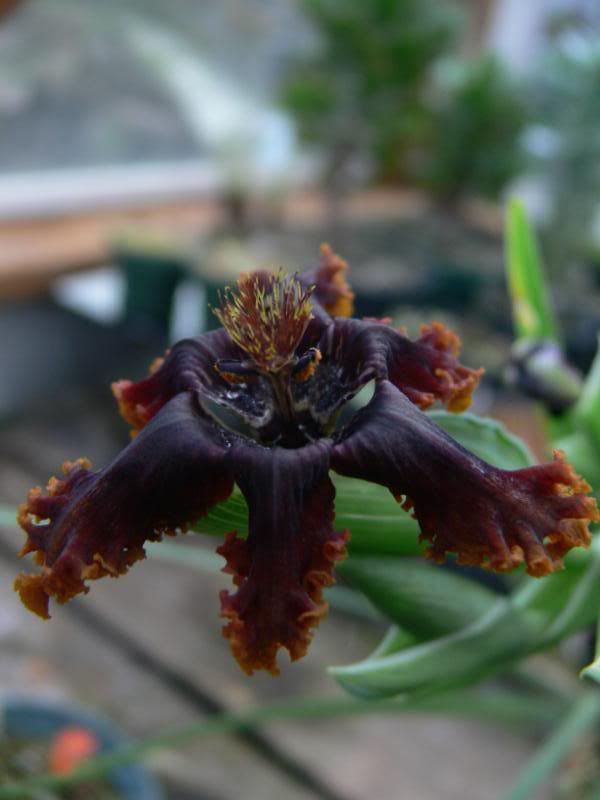
My Lewisia tweedyi each have about 30 flower buds. This is one of the first to open. Plant is from Rare Plant Research out SE of Portland. Lewisia tweedyi is native to the Wenatchee NF in WA.
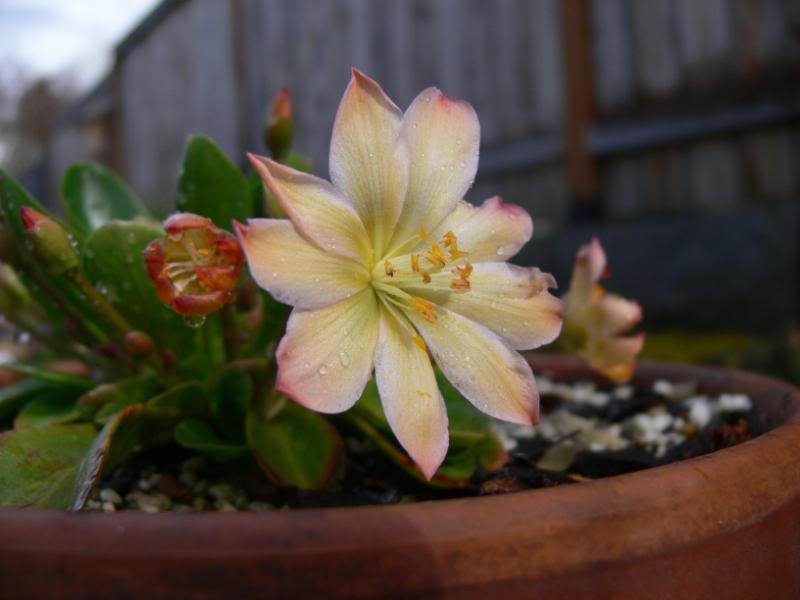
Mimulus douglasii. Wow! Really cute and amazingly colored. This was the only plant that grew from the couple of seeds I could scrounge up from the ground in Southern Oregon last fall. I hope it's self fertile. It's also musky scented to attract flies, I think.
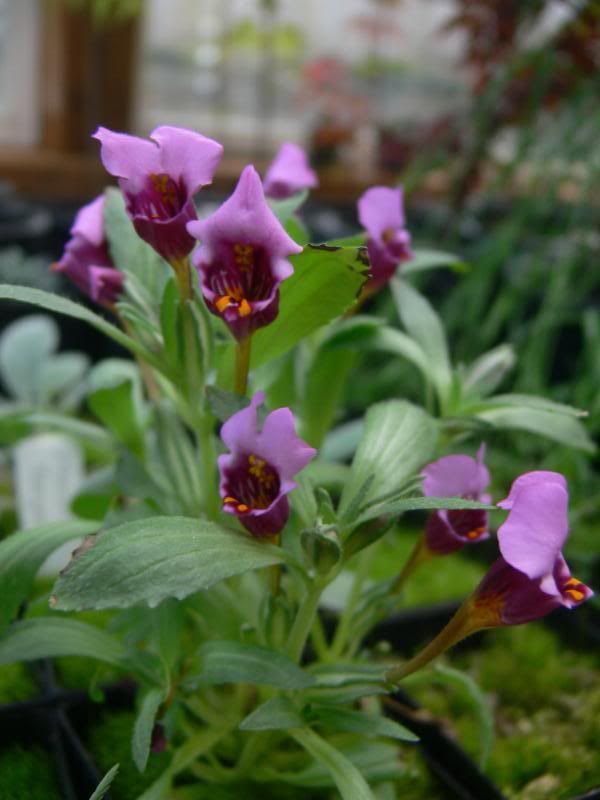
Lisa's Rhododendron serpyllifolium is doing well.
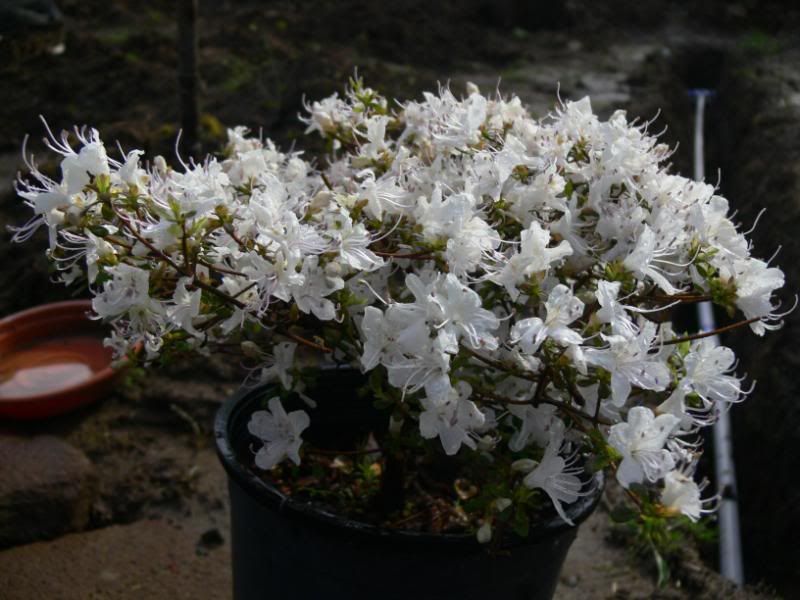
Inside the house, the Eucharis grandiflorus is blooming with something like 10 spikes. To force blooming, just let it dry out for about a month.
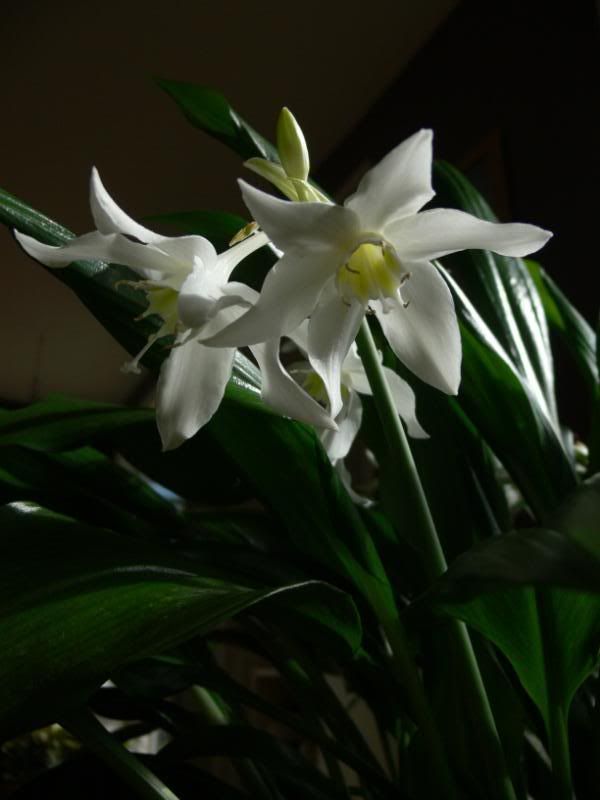
A Pachypodium cf eburneum from Plants out of Africa, though this is a seedling.
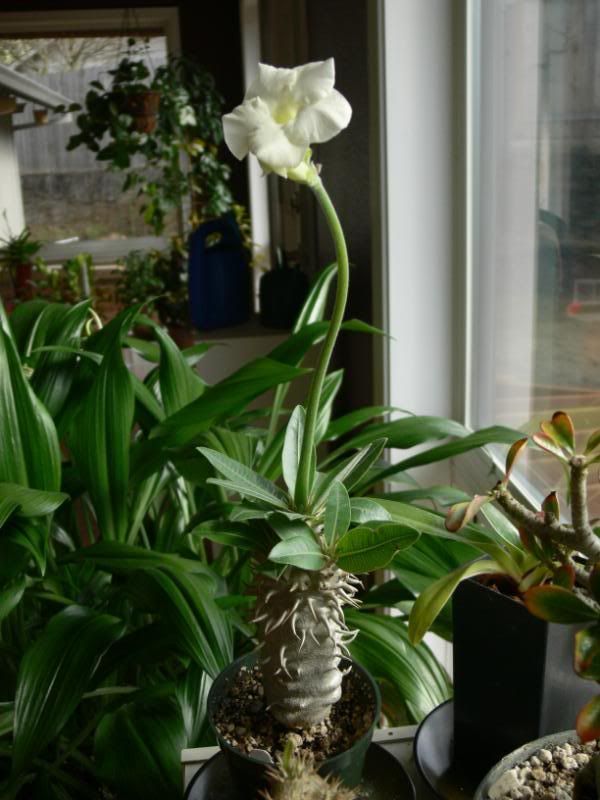
My Pygmy Drosera are blooming. Each flower lasts only for one day, but there are usually many in succession. Drosera dichrosepala.
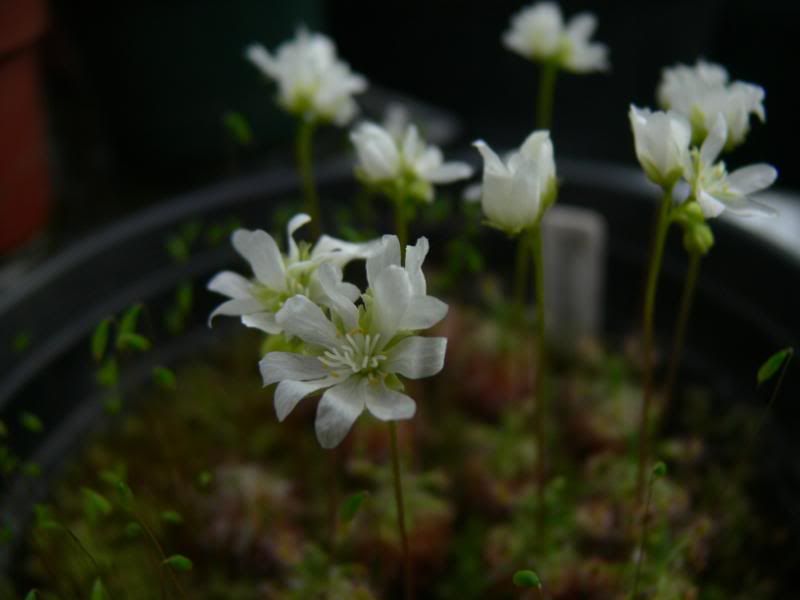
Drosera callistos.

This is the first time the Drosera barbigera have bloomed.
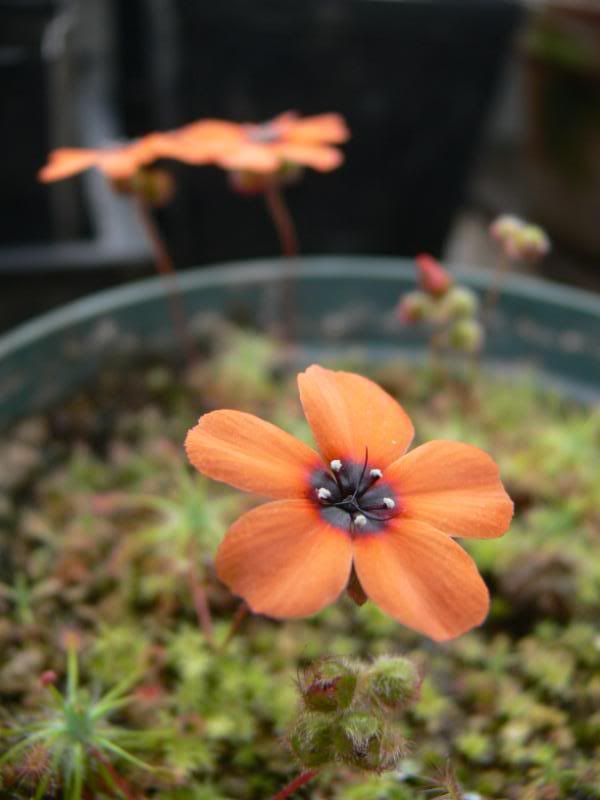
More on the way!

